Winter gardening checklist – 13 ways to get your garden through the coldest months
These essential tasks will get your backyard in shape and ready for spring
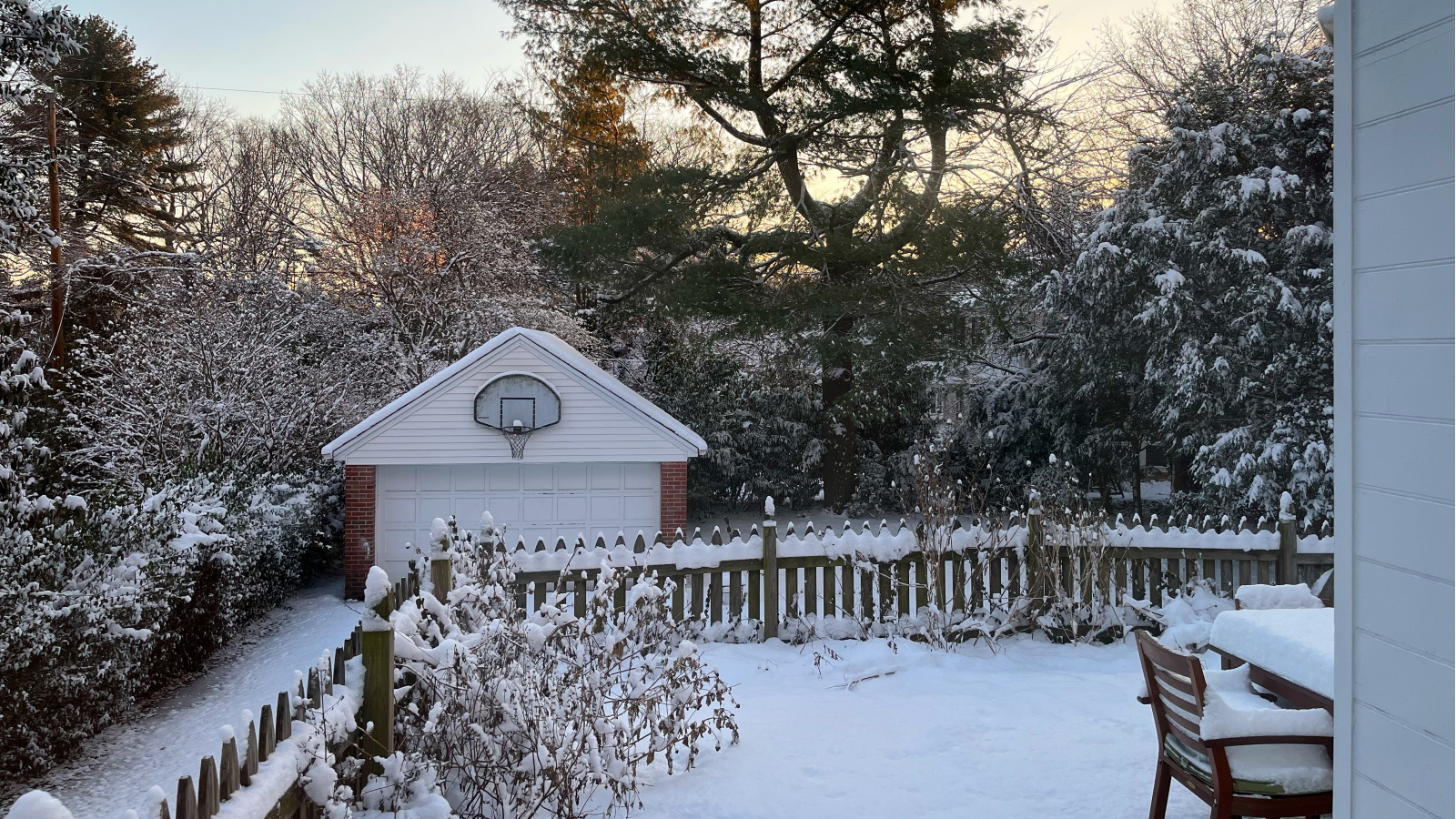

Tenielle Jordison
Even though there doesn't appear to be a lot happening in your backyard during the winter months, there are some key tasks that need to be done if you want a thriving spring garden
Preparing the garden for winter weather is vital for so many reasons. It's not just about overwintering a garden, you also need to ensure your furniture survives harsh weather and you might be keen to feed wildlife in your yard in winter.
Not only will our winter gardening checklist help protect your yard against whatever the winter throws at it, it will also set you up for a smooth start to spring.
13 tasks for your winter gardening checklist
Our top 13 tips for a winter gardening checklist will help you keep your plants and equipment safe and sound until the warmer weather arrives. Here's what you need to do:
1. Maintain your hard surfaces
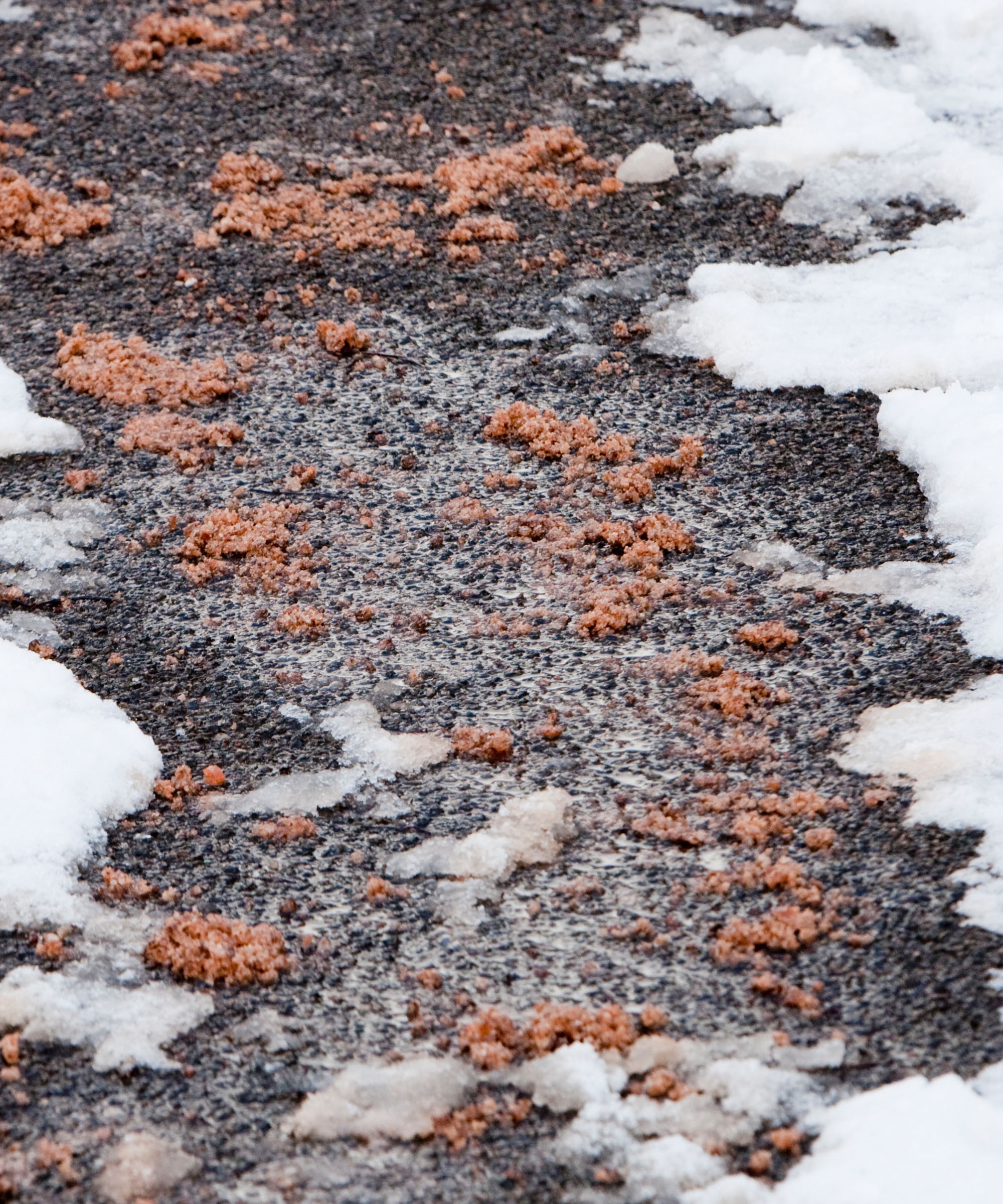
Use grit or salt to keep paths and patios ice-free and safe to walk on
Patios, paths and decking can become treacherously slippery in winter. The combination of wet, disintegrating leaves, a build-up of moss and algae plus a covering of frost, ice or snow will create a bone-breaking hazard.
Combat the problem by maintaining them regularly, avoiding the most common patio cleaning mistakes.
Sweep away accumulated leaves and debris, and then brush or power wash the patio, drive and decking with a cleaner such as this one by Simple Green, which is highly rated on Amazon, and is pet, wildlife and waterway safe.
Scatter salt and grit onto frosted surfaces and consider adding non-slip strips to outdoor steps and decking, such as this easy-to-apply Grip Tape available on Amazon, to reduce the risk of slips and falls.
'Sealing pavers also prevents damage from water and ice,' notes landscaping expert Joe Raboine of Belgard. 'This should be done every three years,' he adds. You can seal your pavers using this stone and patio sealant from Amazon.

Joe oversees the Belgard Residential Program. Joe strives to promote the idea that outdoor living is not only a good investment for homeowners but can also fundamentally change lives for the better by bringing people together. Joe started his career as a contractor over 25 years ago.
2. Protect outdoor water sources
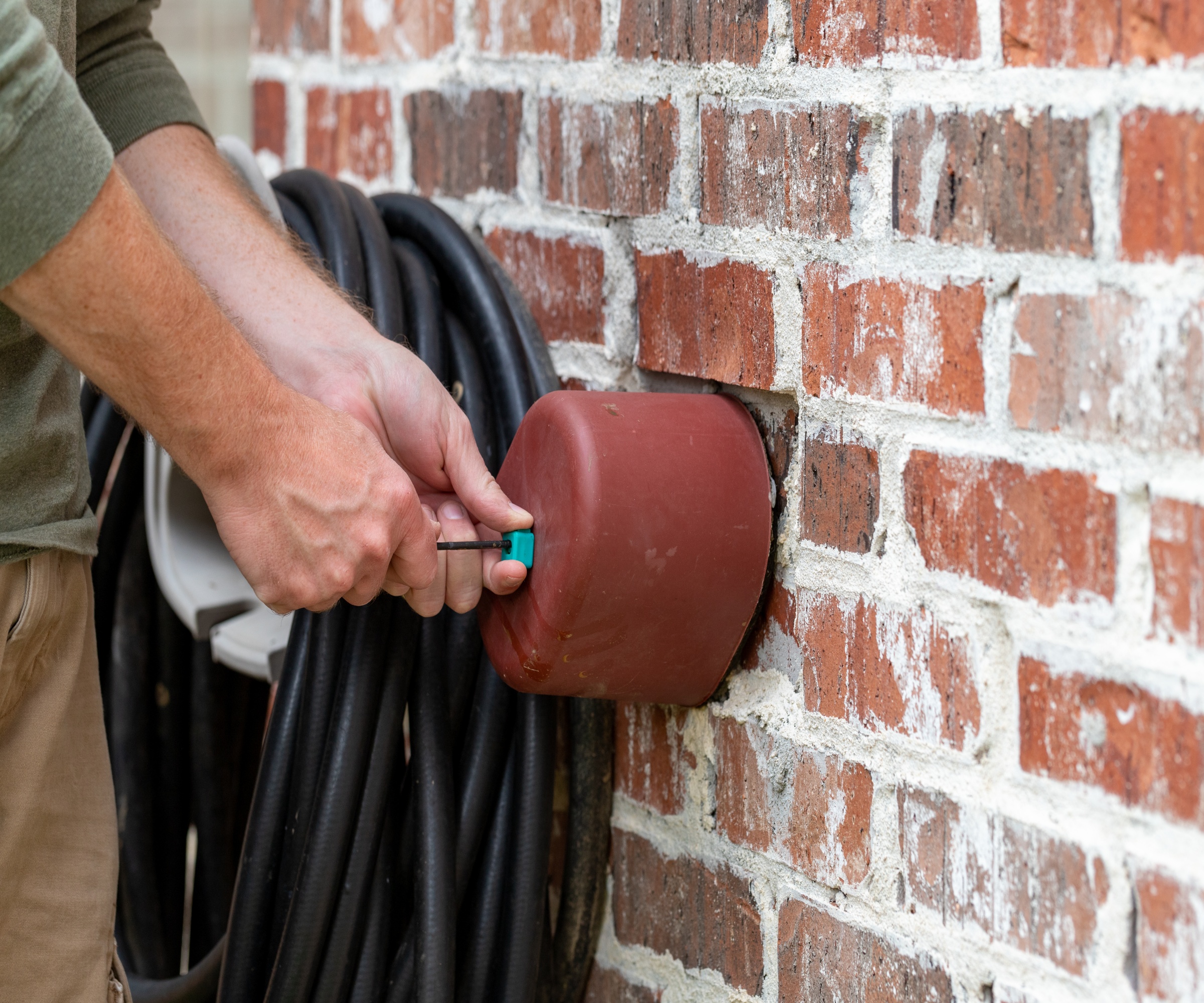
Protect outside faucets with an insulated cover
Burst pipes are a winter hazard, so always make sure to cover your outside faucets after draining them. You can use this double-pack of insulated faucet socks from Amazon.
Drain hoses and winterize sprinkler systems, then store them in a frost-free garage or shed.
Remember to clear the drains of outside sinks, so that any remaining water doesn’t freeze and crack the piping.
'If you are able, a simple trick to reduce the chance of freezing pipes is to place air in the water lines,' suggests Dr. Larry Stein, professor and AgriLife Extension Horticulturist at Texas A & M. 'This is typically done by turning off the water and draining the faucets; then when the water is turned back on there will be air in the line which will allow the water to expand but typically not break the pipe because the air allows for the expansion of ice in the pipes,' he explains.
Water features should also be properly insulated or drained to prevent cracking during very cold weather.

Larry Stein, Ph.D. is a professor and AgriLife Extension Horticulturist. Stein received his B.S. in Horticulture from Texas A & M University in 1979 followed by a M.S. in 1981 and Ph.D. in 1985. He was appointed Extension Horticulturist at the Texas A & M Research and Extension in Stephenville in 1985 to work on pecans, fruit crops, and vegetables. Stein was named Associate Department Head for Extension Horticulture in September of 2012.
3. Winterize the greenhouse

Insulate your greenhouse by attaching bubblewrap to the frame
Don’t forget to winterize the greenhouse. Make sure plants stay healthy and pest-free, keep harvesting winter salads and watering and feeding overwintering citrus plants when needed.
If you can heat your greenhouse, do so, either with an electric warmer with a thermostat, like this outdoor heater on Amazon.
If your greenhouse is unheated, wrap plants in a frost protection blanket, such as this one from Amazon or bubble wrap during severe cold snaps, making sure you remove the covering when the temperature rises as trapped condensation can cause mold and rotting of plant material.
You can insulate your greenhouse by attaching bubble wrap to the frame using greenhouse clips. It is easy to put up and remove. And don’t forget to open doors and windows on mild days, to increase ventilation around your plants, closing them at dusk.
4. Clean and store your tools
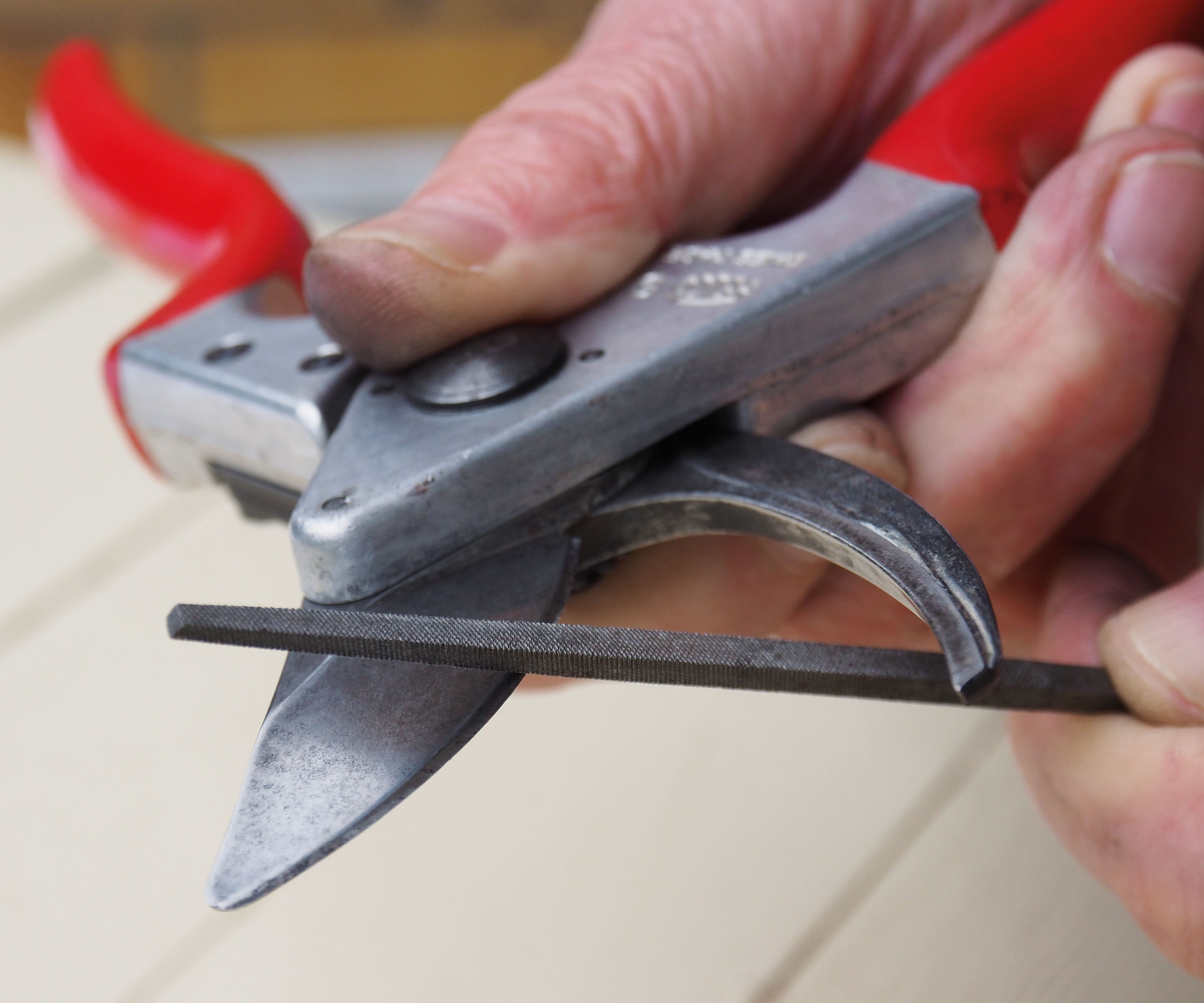
Clean and sharpen tools before storing them for winter
If you live in an area where hard winters and sub-zero temperatures are the norm you are unlikely to do much gardening before spring, so make sure to clean your gardening tools, sharpen pruning shears and oil any tools that need it and then store garden tools safely over winter.
This is good practice for all gardeners, wherever you live, so take advantage of quieter fall and winter days to give your tools some TLC.
Good quality tools are expensive, but a sound investment. It is much better to buy once with a greater financial outlay - especially your most essential gardening tools such as spades, pruners and forks - than keep needing to replace poor quality items.
5. Protect container plants
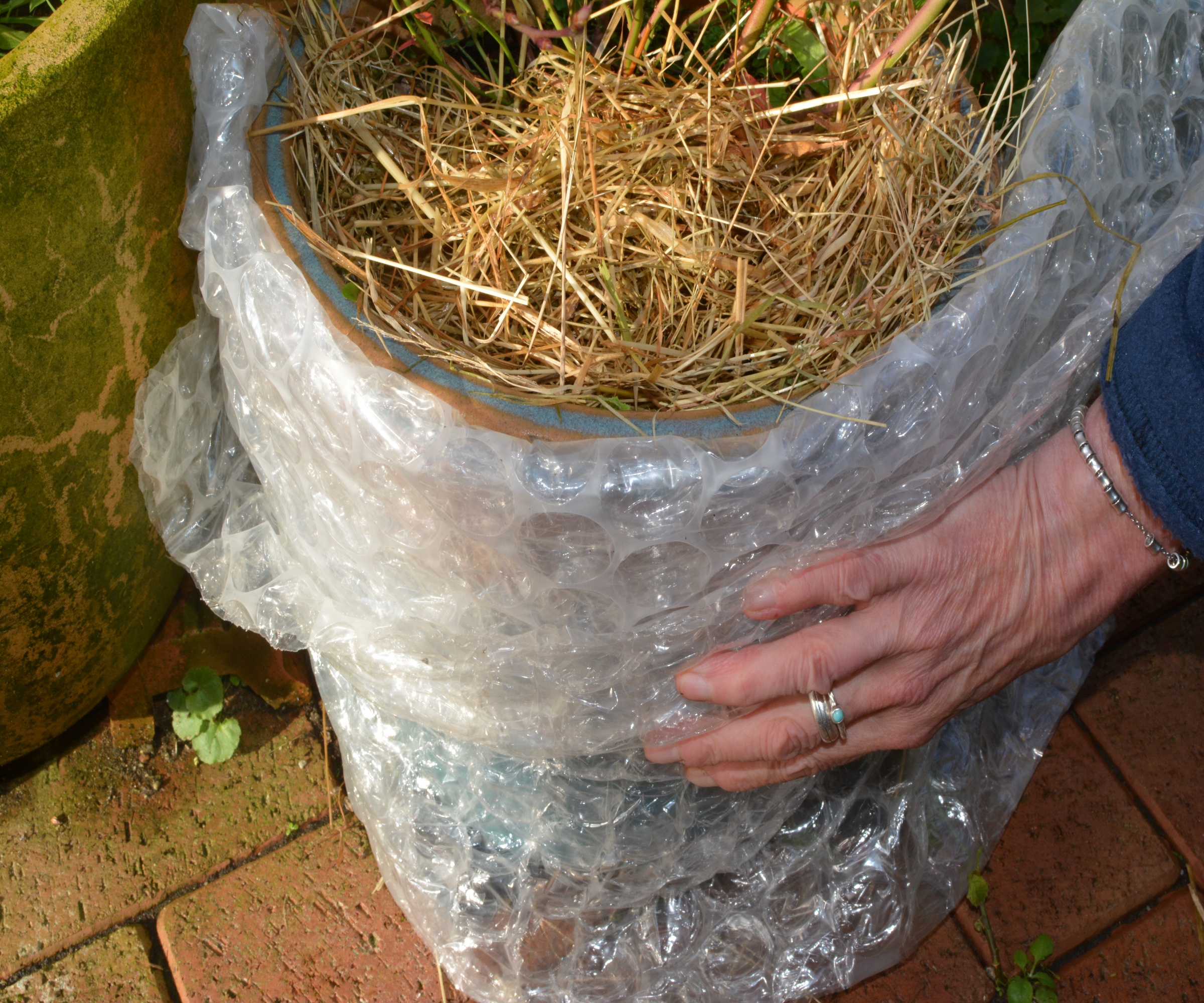
Use bubblewrap and straw to insulate containers in winter
If you created a colorful winter container this year, be aware that the plants are at greater risk of being killed by frosts than those in the ground.
This is because while their top growth may be hardy enough to withstand the cold, the roots are vulnerable to freezing in their relatively small containers of compost.
There are several important things you can do to keep your winter planters healthy and long-lasting.
If possible, move containers against a sheltering wall or cluster them together as this creates a microclimate that raises the air temperature slightly, but enough to offer some protection.
Add a layer of straw to the top of the compost and wrap the pots in fleece and bubble wrap (from Walmart). In regions that experience a lot of rain, consider lying pots on their side to avoid waterlogging the compost.
6. Look after your border plants
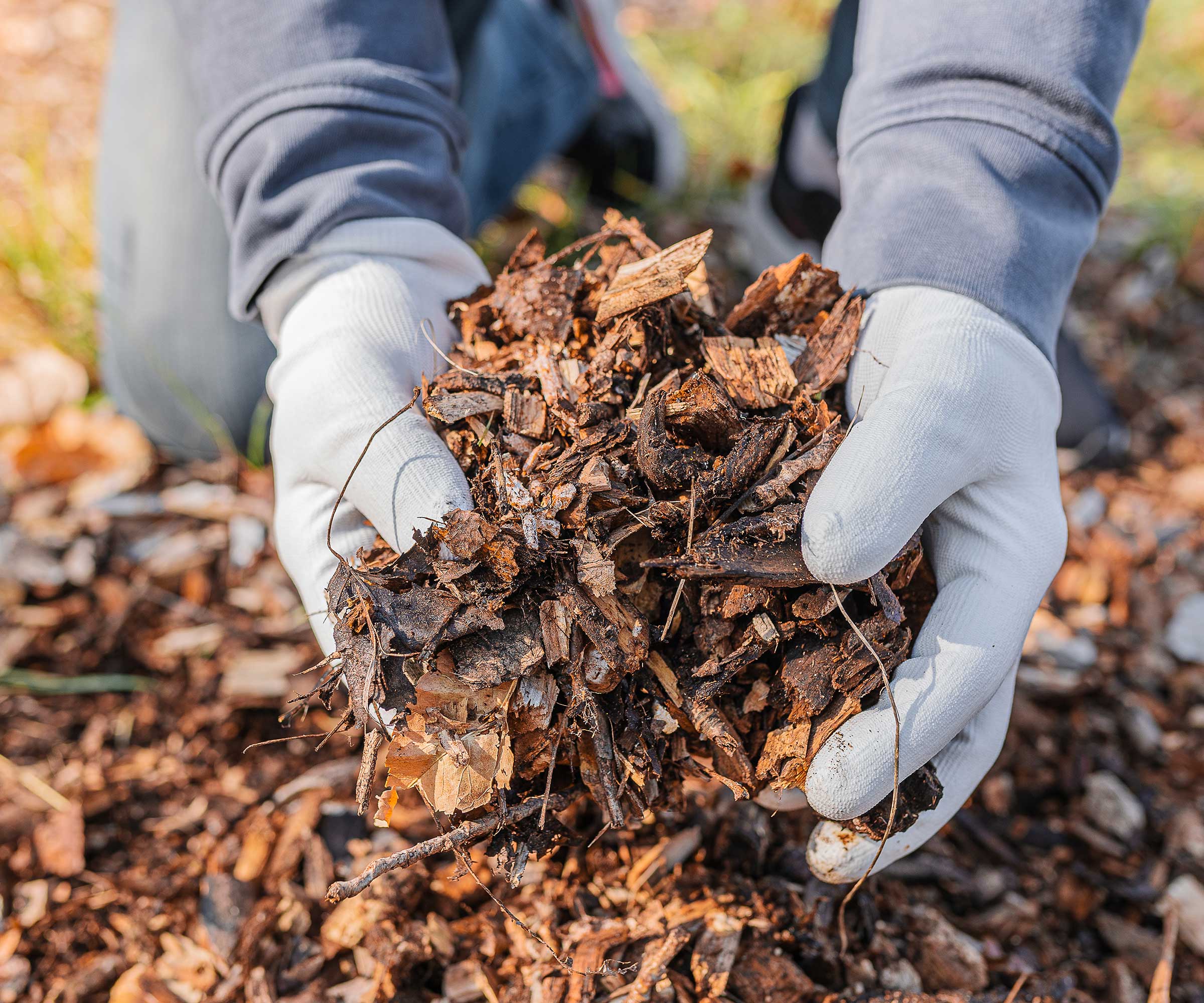
An organic mulch of bark chippings or well-rotted leaf mould, manure or compost will help plants to survive winter
On the whole, hardy plants in the ground should be able to withstand winter weather better than their potted counterparts.
Many herbaceous perennials die back completely in the fall, and you can ensure their safe return next spring by mulching their root area with well-rotted manure, homemade compost or bark chips to feed and insulate the soil and the plants' subterranean growth.
Tender varieties should be potted up and stored in a frost-free greenhouse or shed, or even a cool room indoors.
We don’t recommend overwintering them in a warm conservatory as plants need a period of dormancy each winter and if they don’t get this they will soon become exhausted and fail to perform well.
It is worth taking some plant cuttings of favourite plants now, in case their parents succumb to the cold in winter. Kept in a cool, light room or warm greenhouse they should quickly root and be ready to pot on in spring and add to the yard come summer.
7. Look after trees and shrubs
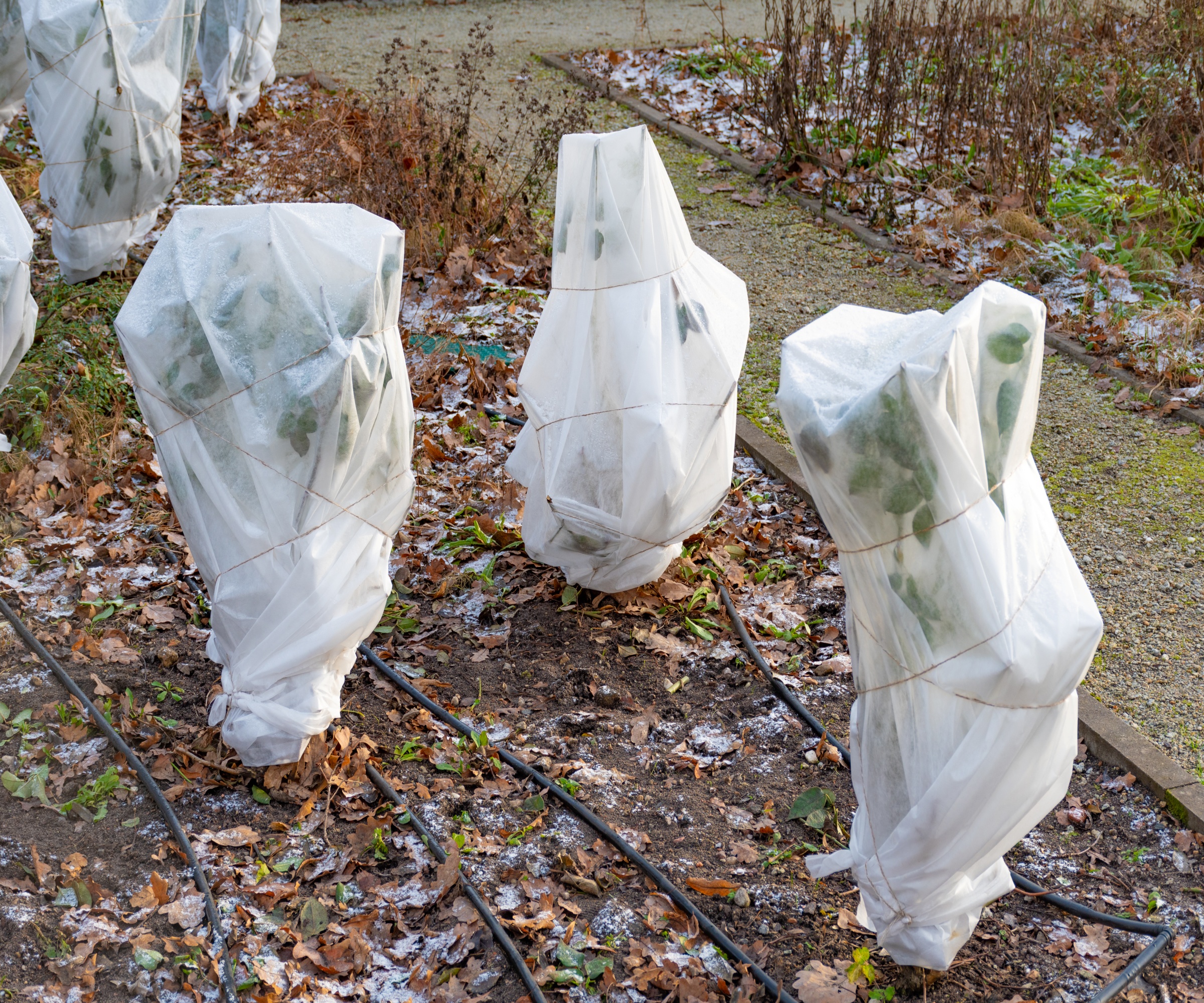
Protect young and less hardy trees and shrubs with insulating frost blankets
Most trees and shrubs should be able to withstand the winter, the exceptions being new, young plantings and varieties that are not completely frost-hardy.
Smaller tender trees can be encased in fleece bags, such as these reusable drawstring blankets on Amazon. Remove them in spring when warmer weather arrives.
Tender varieties can be given extra protection by creating a wire cage around their stem or trunk, which is then packed with straw, before being wrapped in fleece or bubble wrap.
Give the root areas of plants a generous mulch with bark chips, or well rotted organic matter (compost or manure).
Although many deciduous trees and shrubs are cut back in fall and winter when they are dormant, never make the pruning mistake of trimming in freezing weather as the raw wounds can be scorched, causing dieback. In severe cases you may even lose the whole branch or plant.
8. Remove heavy items from your yard
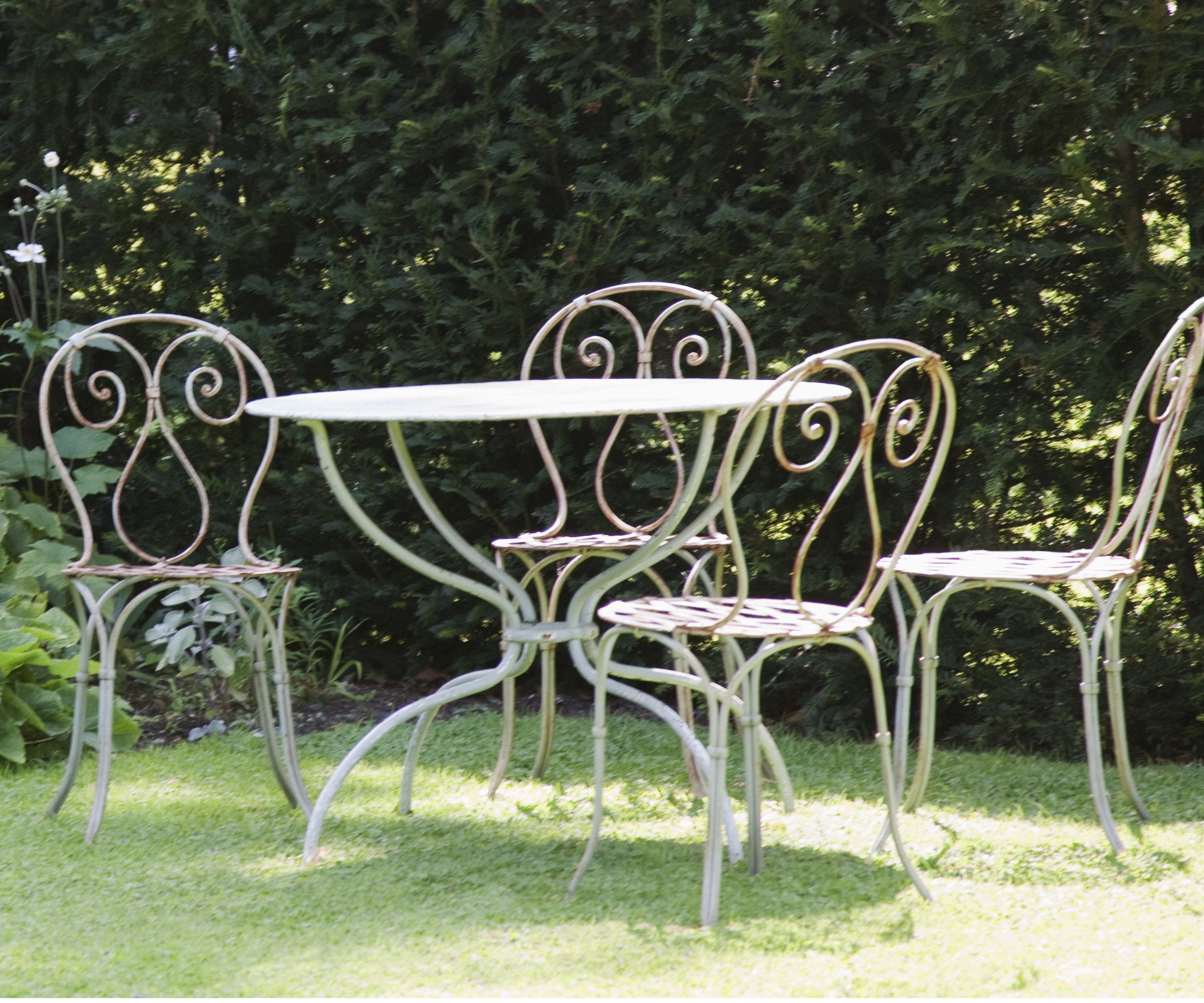
Another task you might not think to do, but one you will be thankful for later on is removing heavy items from your outdoor space.
'Sunken spots can form during wet or freezing weather from patio furniture, heavy flower pots or other décor,' notes Joe.
If you're struggling to find space to store these items, it could be a good way to use a greenhouse in winter.
Use this fork lift from Amazon if the items are too heavy from you to move.
9. Winterize your pond
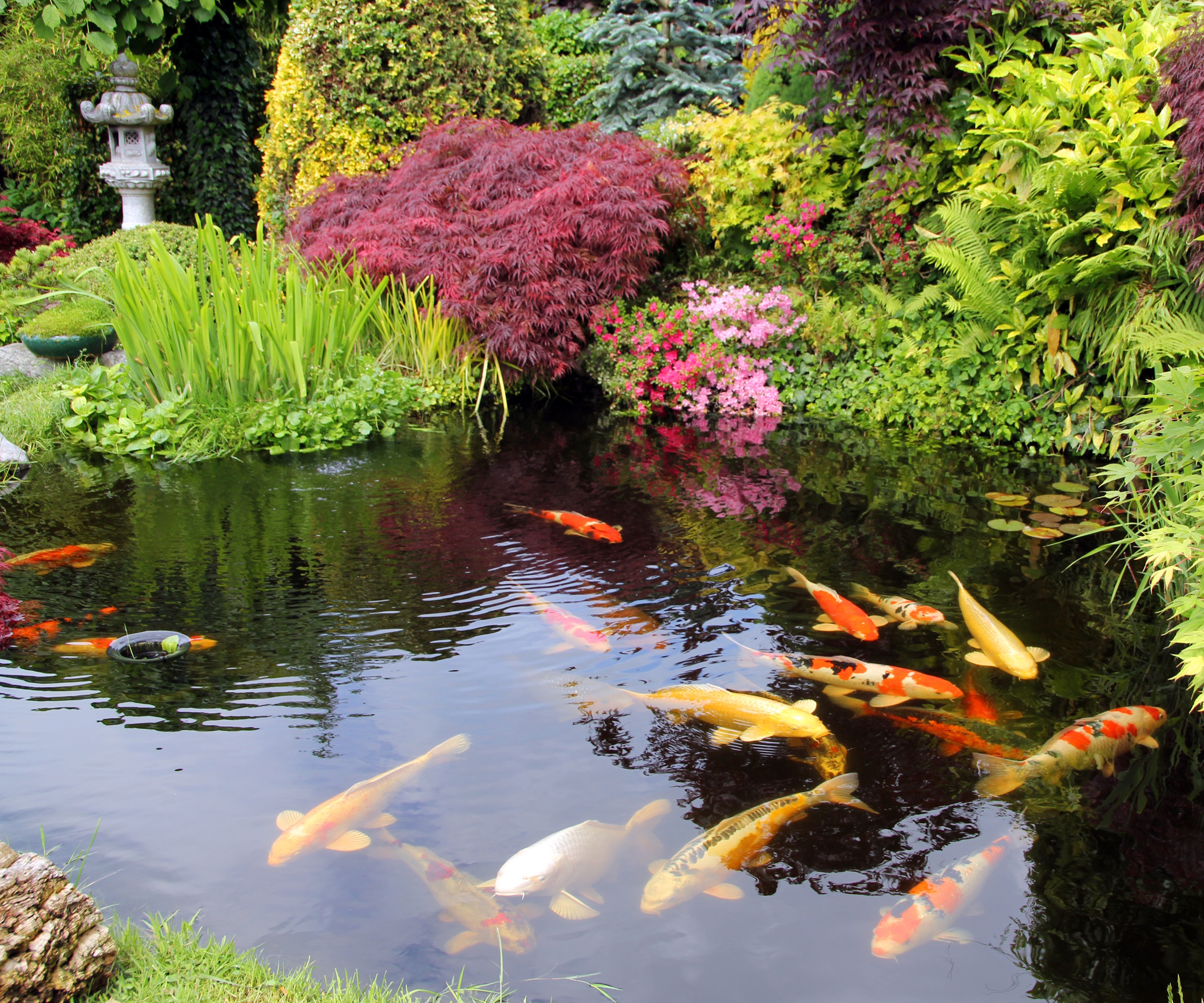
Make sure you keep your pond healthy through the colder months
Soothing, tranquil water gardens are increasingly popular, and if you have a pond in your yard, some last-minute maintenance now will keep it ticking over nicely until spring.
Cut back and remove any dead or dying vegetation so it doesn’t fall into the water and decompose, releasing toxic gases and making the water murky.
If you have fish, stop feeding them as they grow lethargic in colder weather and don’t need as much energy. If you do need to feed them, use a winter food, such as these floating pellets by Microbe-Lift, which are available on Amazon.
Remember to remove any uneaten food so it doesn't rot and contaminate the pond water.
Keep the water pump running as it will continue to move the water, helping prevent freezing solid. If your pond does completely freeze over, don’t attack the ice with a hammer or rock as this will stress anything living and hibernating below.
Instead, hold a saucepan of hot water on the ice until it melts. Another option is to float a soccer ball in the water to prevent a total freeze.
10. Winter-proof your lawn

Avoid walking on a frosty lawn as you can damage or kill the grass and make room for weeds
For many gardeners, grass takes up the largest area of the yard, so winterizing a lawn properly is an important task.
In warmer US hardiness zones there is still time to feed your lawn with a winter fertilizer, and you can still mow with the blades set at their highest level.
In colder areas already experiencing frosts and snow, stay off the grass as much as possible.
Walking on a frosted lawn can damage or kill the grass, leaving muddy areas that will quickly be colonised by weeds and moss.
Avoid walking on worm casts - the small coils of soil that appear on the lawn surface. Wait until they have dried, then brush them away with a broom or an upturned rake.
If your lawn is prone to waterlogging, wait until conditions are drier and not frosty, then use a garden fork to aerate the compacted soil underneath. This helps to improve ventilation and drainage, keeping grass healthy and ensuring there is less work to do when the lawn starts to grow in spring.
'On lawns, it is best to mulch fallen leaves into the grass as opposed to raking and bagging, unless you are going to use them as mulch or in a compost pile,' advises Larry.
11. Deer-proof your garden
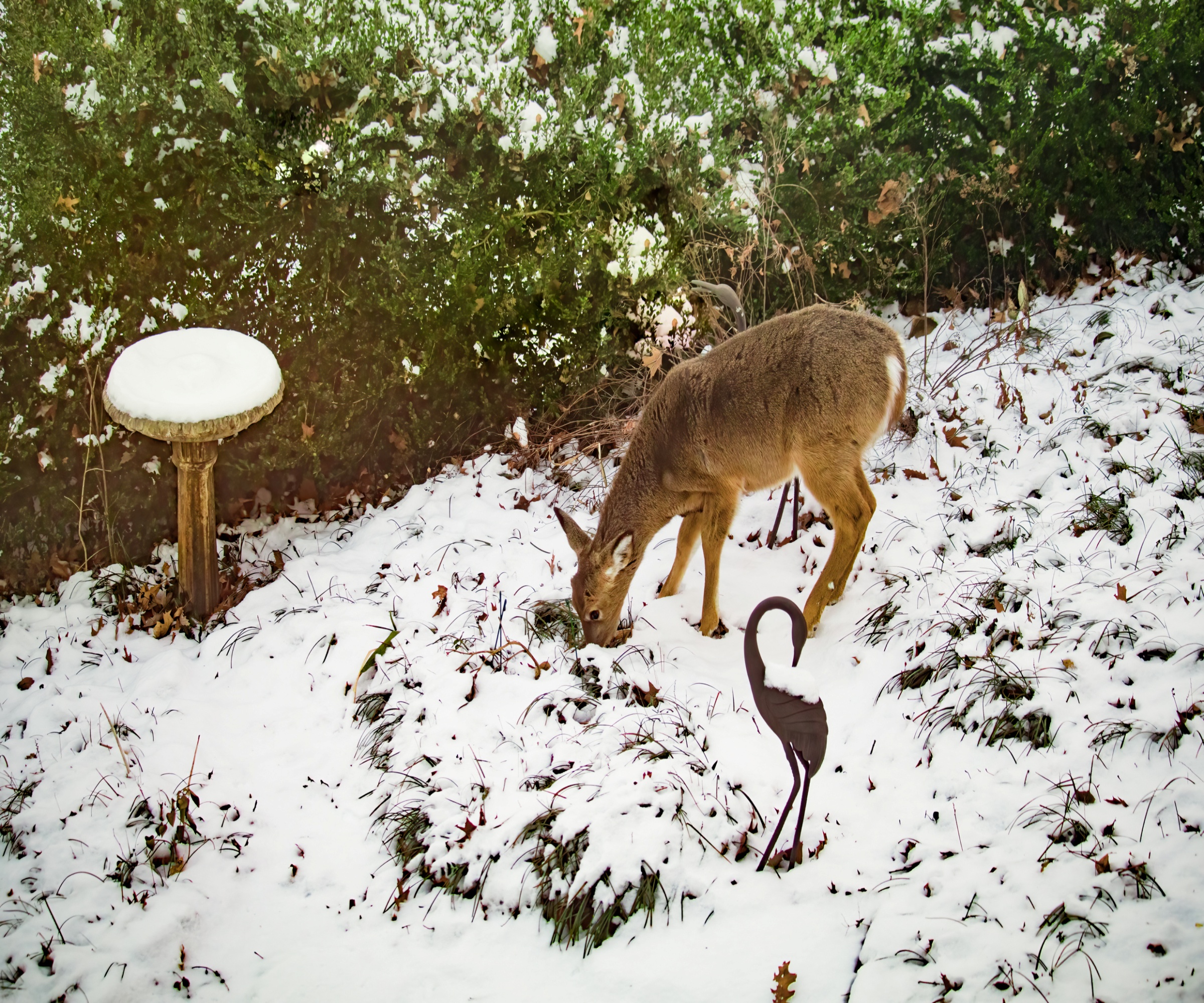
Deer can be more of a problem in the winter months
As winter closes in and food becomes scarce in the wild, deer are more likely to visit gardens in search of an easy snack.
There are several ways of keeping deer away from plants, including hanging wind chimes around your yard (the sound scares them) and using motion-activated sprinklers in if you live in an area that doesn't tend to freeze hard.
You can also use motion-activated lights, though these might be annoying when triggered at night, and deer deterrent liquids, such as eco-friendly Deer Out, which is available on Amazon and also deters moose and elk, are another option.
Deer-proof netting, such as this durable one by Dalen at Amazon is effective, and you could also consider adding deer-resistant plants, such as Russian sage, bee balm, bleeding heart, box and potentilla.
12. Don't forget about wildlife
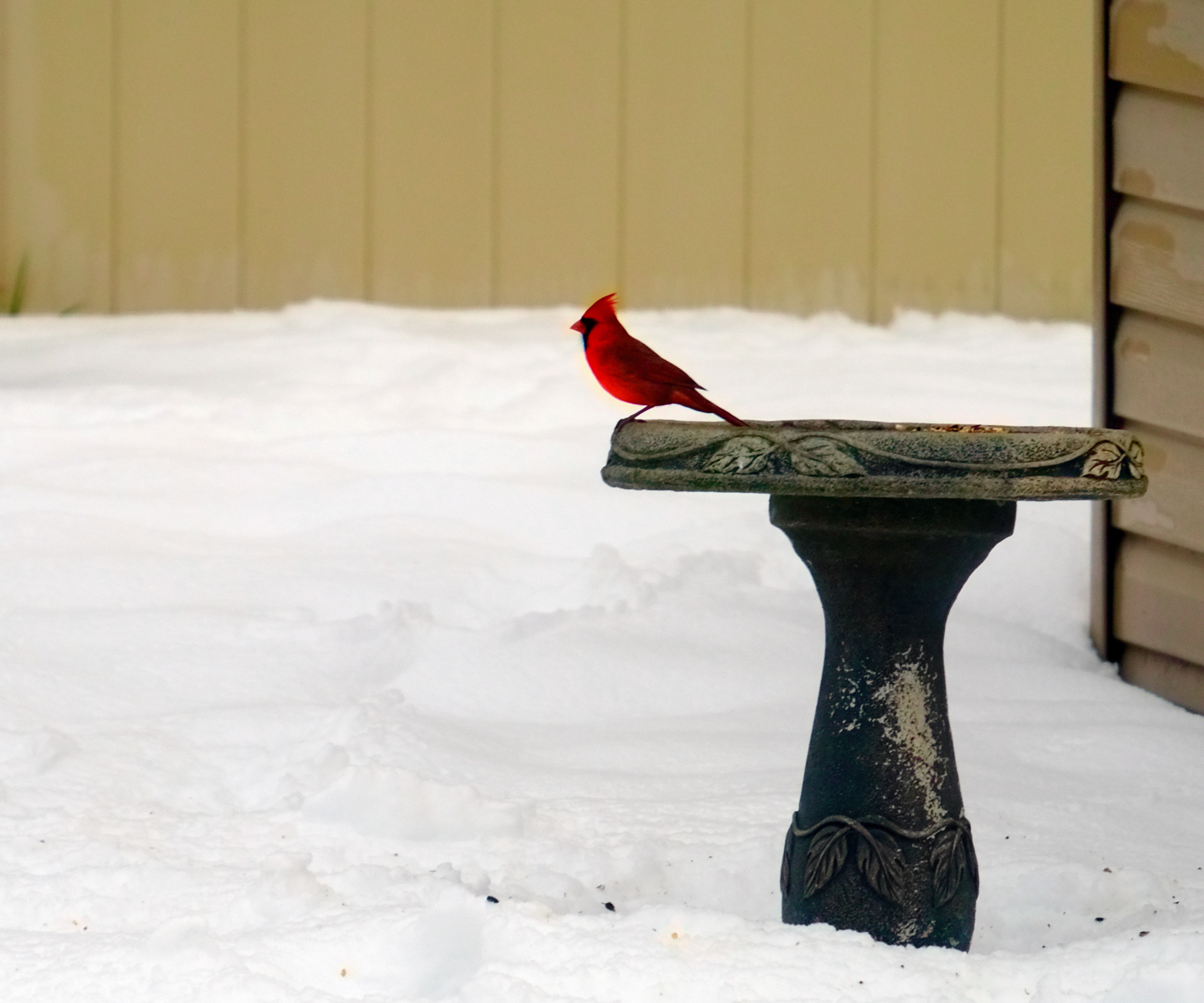
If you have created a beautiful wildlife garden, don't forget to keep on top of it during winter. There are plenty of things you can do to feed wildlife in your yard in winter and provide them with shelter.
For example, you can help garden birds in winter by putting out food and stopping a bird bath freezing. You can also provide shelter with bird boxes - like this one from Walmart.
You can also leave a pile of fallen leaves and other woody cuttings for wildlife to make use of for shelter during the harsher months.
13. Reflect on the growing season
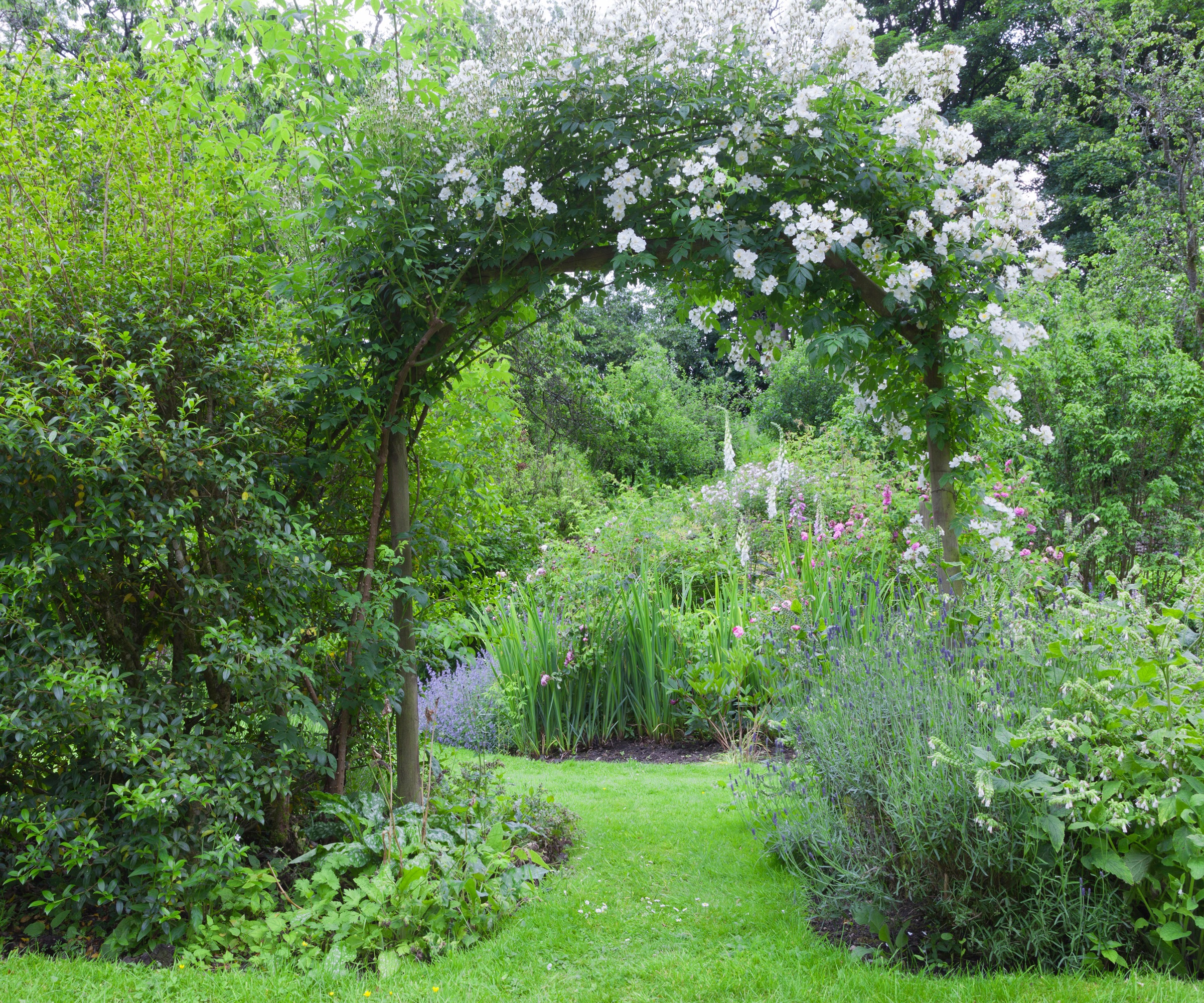
It isn't just about tidying up your yard for the colder months, either. With things being a little quieter, winter provides the perfect opportunity to reflect on your garden and plan for the incoming spring season.
'With the main growing season so recently behind us, now is a good time to take notes about what worked well and what you may want to adjust or experiment with in the spring,' says Ren Elizabeth, gardening expert from Eco-Friendly Homestead. 'It's a lot easier to make these notes when both your wins and your challenges are fresh in your mind,' she adds.
Using a garden journal (from Amazon) can help you reflect on all that happened in your yard in the year. From there, you can plan what you want to achieve in the garden next year.
'Think about what your goals are, and what you'll need to do in order to make them happen,' Ren advises. 'This naturally leads into making a seed sowing schedule and purchasing any necessary seeds,' she adds.
This can also be the time to plan a kitchen garden or plan a cut flower garden.
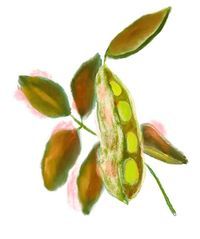
Ren Elizabeth is the steward of a 5 acre homestead, where she tends to gardens, goats, and greenhouses. She is a firm believer in the importance of regenerative gardening as a nature-based solution to climate change. She is the author of the educational blog, ecofriendlyhomestead.com, where she shares information on environmentally sustainable ways to grow food.
FAQs
Should I winterize a lawn mower?
Yes, it's a really good idea to winterize your lawn mower after you've given your grass it's final mow of the year. This will ensure it is clean and left in good condition to start using once the temperatures rise and the grass begins to grow again.
Although we recommend cutting back most perennials in the fall, leave those with more structural seed heads standing. They provide food as plants for birds but the plants you should never deadhead also look beautiful when covered in frost.
Sign up to the Homes & Gardens newsletter
Design expertise in your inbox – from inspiring decorating ideas and beautiful celebrity homes to practical gardening advice and shopping round-ups.

Ruth is a Contributing Editor for Homes & Gardens, and formerly Gardening Editor of Amateur Gardening magazine. She is horticulturally trained, with a qualification from the Royal Horticultural Society. Her work for Amateur Gardening, the world's oldest weekly gardening publication, involved matching gardening tasks with each season, covering everything from sowing and planting, to pruning, taking cuttings, dealing with pests and diseases and keeping houseplants healthy. She is an expert in ornamental plants and edible crops, and everything she writes about and photographs is in her own garden, that has been a work in progress since her family moved there in 2012.
- Tenielle JordisonNews Writer (Gardens)
-
 How the 'ODT' method can help you to tackle your overwhelming decluttering checklist – and streamline the process from start to finish
How the 'ODT' method can help you to tackle your overwhelming decluttering checklist – and streamline the process from start to finishAvoid 'analysis paralysis' and tick off tasks quickly and easily by making just one decision at a time
By Ottilie Blackhall Published
-
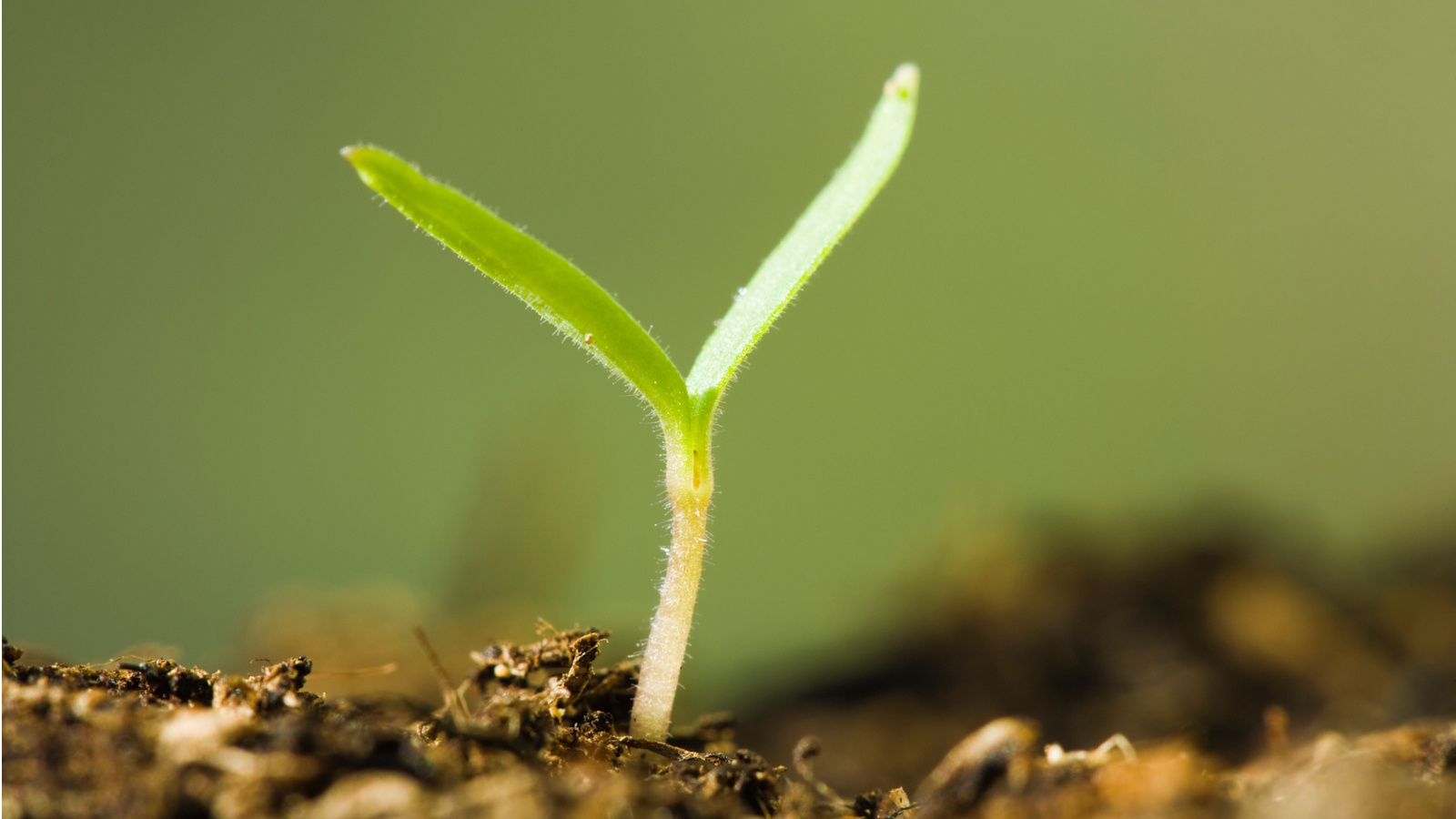 Experts say to only use homemade compost after testing it with this fail-safe method – they say it will guarantee healthy soil and support plant growth
Experts say to only use homemade compost after testing it with this fail-safe method – they say it will guarantee healthy soil and support plant growthSimply grab some fast-growing seeds and observe how they germinate in your compost
By Tenielle Jordison Published
-
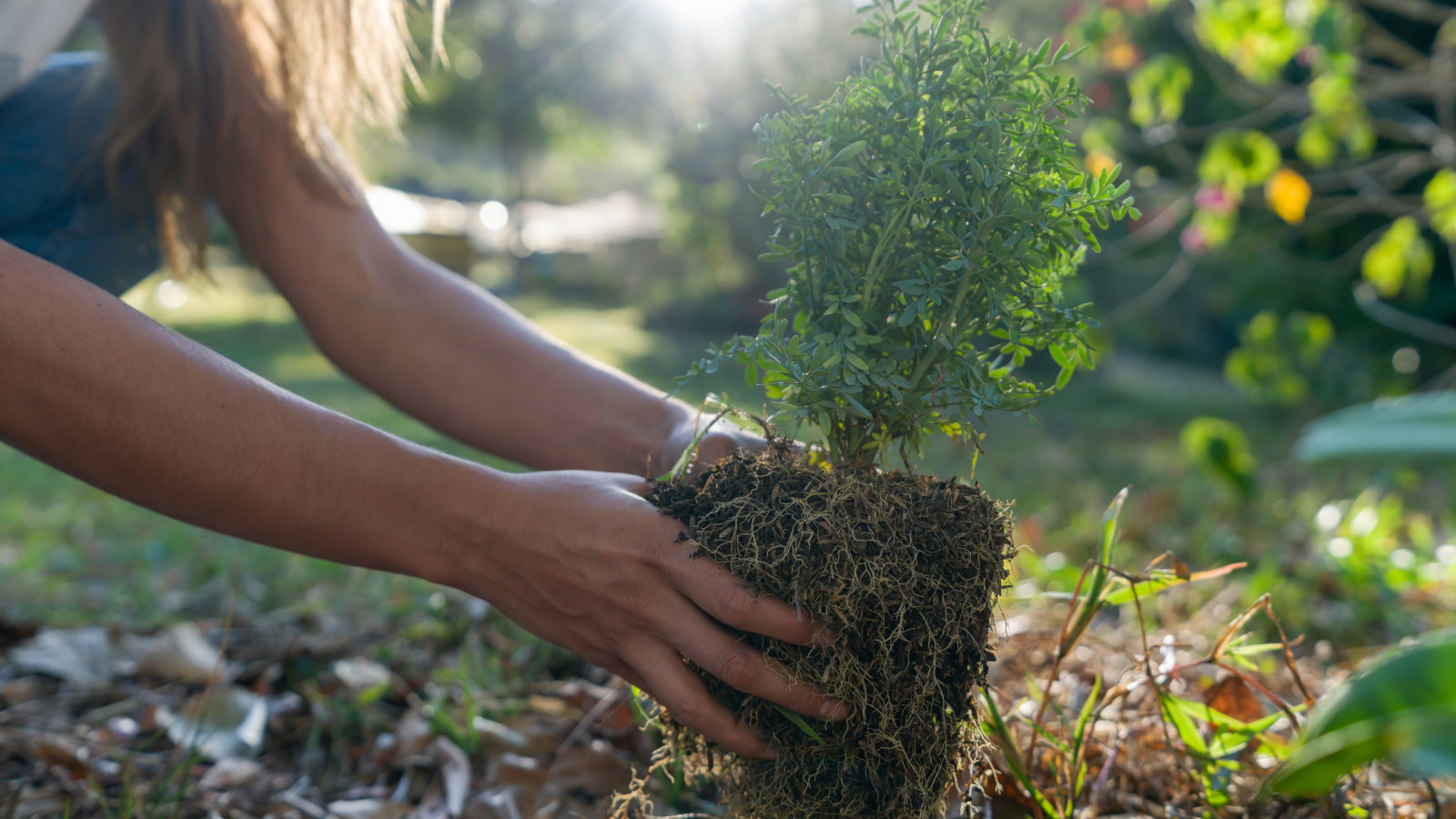 7 shrubs to plant in April to transform beds and borders – including native plants and bushes suitable for dry or wet spots
7 shrubs to plant in April to transform beds and borders – including native plants and bushes suitable for dry or wet spotsThese shrubs can bring flowers, texture, and fragrance, as well as attracting beneficial insects and birds
By Drew Swainston Published
-
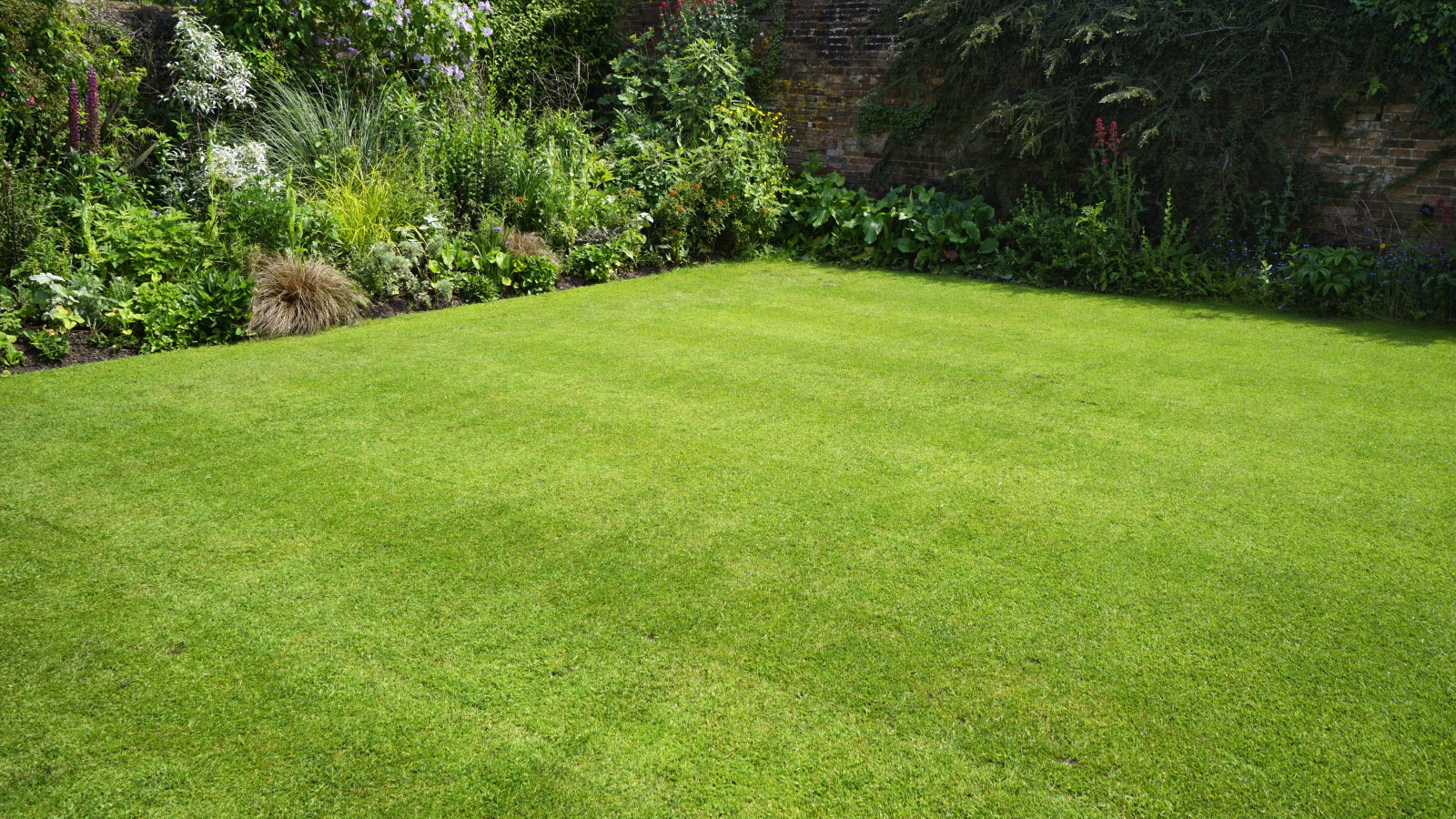 I'm a lawn care expert, and always do these 7 jobs in April to ensure thick, green grass all summer long
I'm a lawn care expert, and always do these 7 jobs in April to ensure thick, green grass all summer longTransform your lawn with these simple yet highly effective April lawn care tasks
By Drew Swainston Published
-
 Horticulturists urge you to prune these 7 plants in April – for healthy growth and better-than-ever flowering displays
Horticulturists urge you to prune these 7 plants in April – for healthy growth and better-than-ever flowering displaysDiscover a key selection of plants to cut back this month, with expert pruning advice
By Drew Swainston Published
-
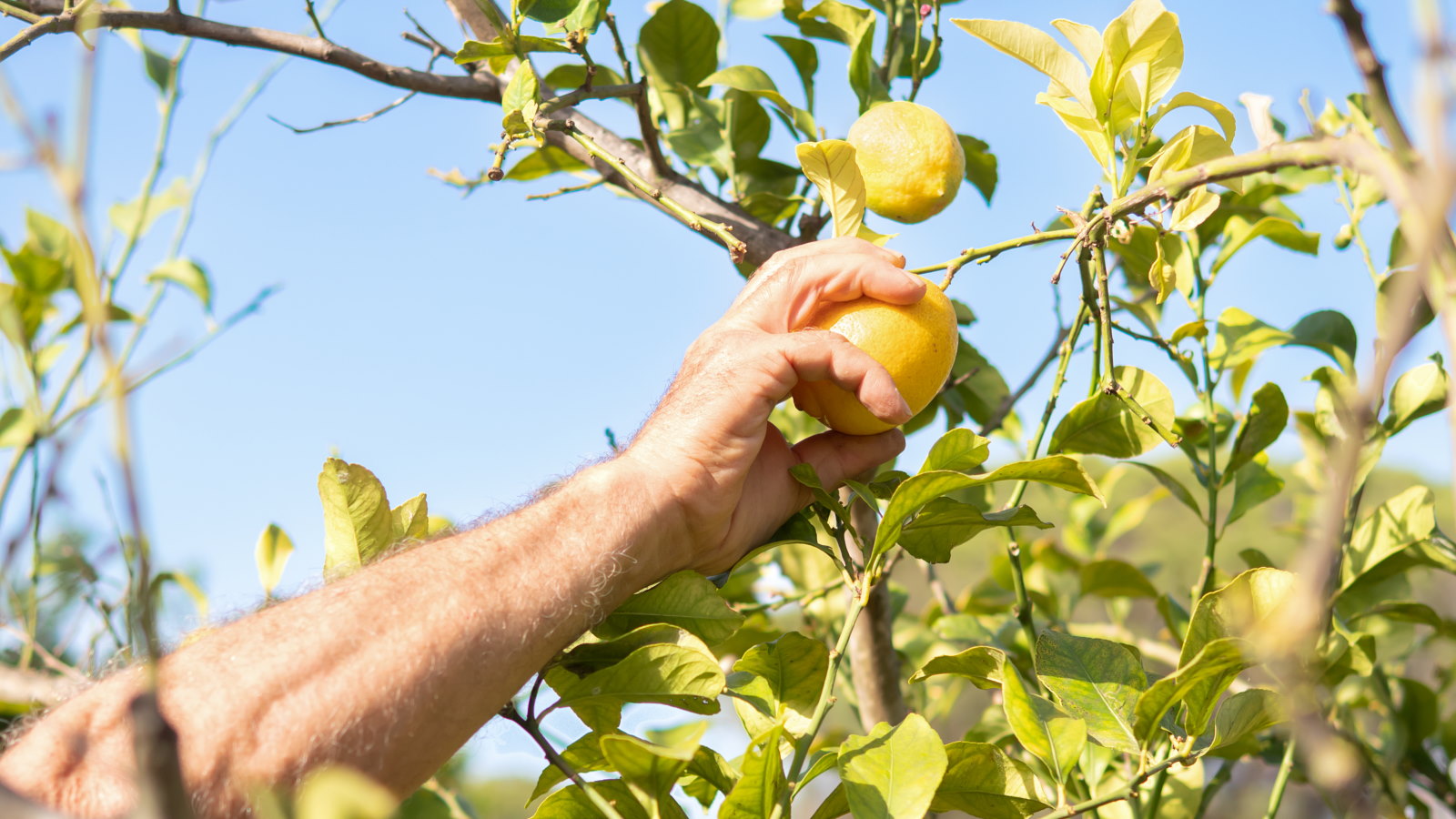 7 fruits to plant in April for years of tasty homegrown harvests, plus expert planting tips
7 fruits to plant in April for years of tasty homegrown harvests, plus expert planting tipsAn exceptional selection of fruit trees and soft fruit can be planted this month
By Drew Swainston Published
-
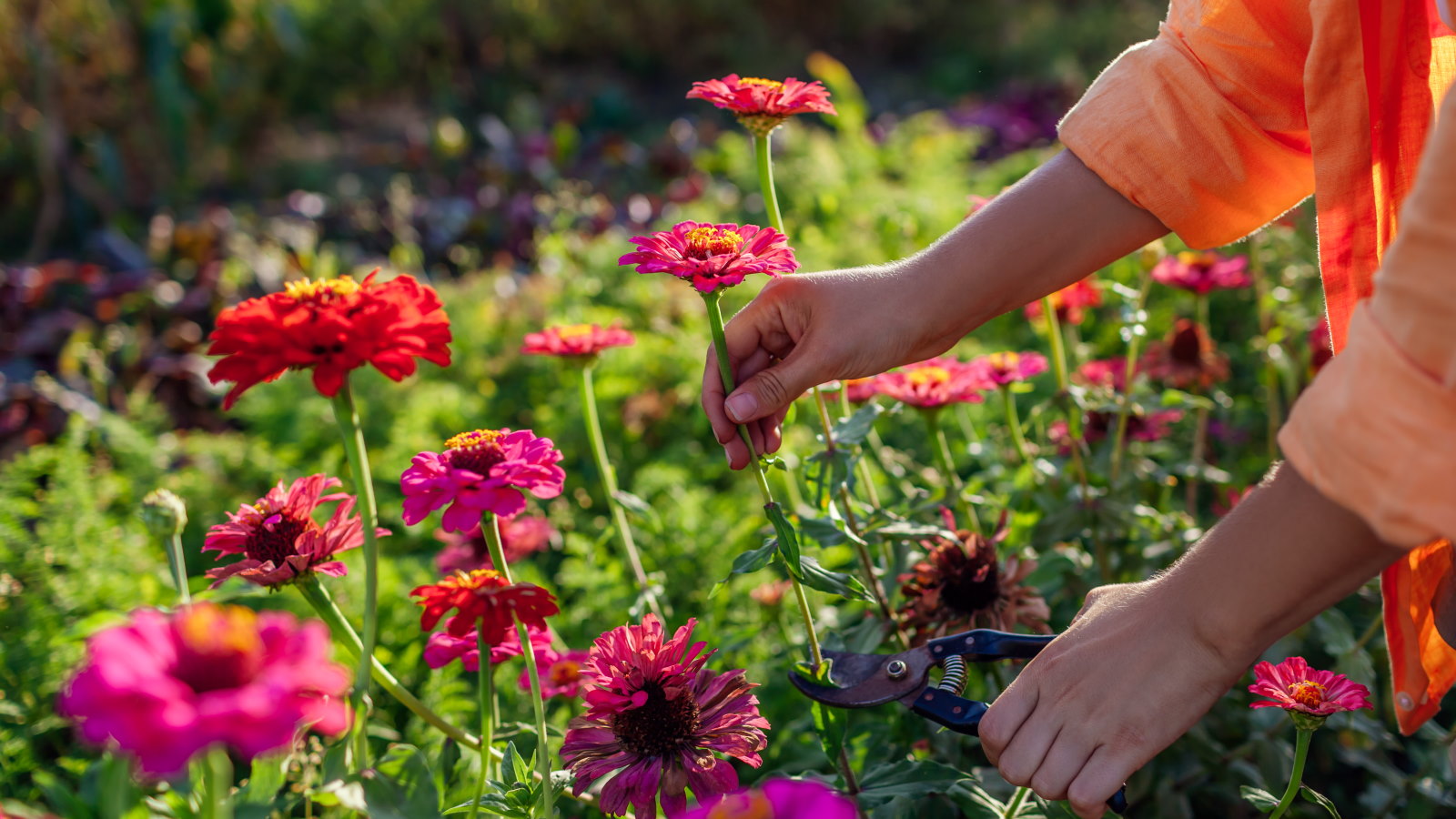 7 dazzling cut flowers to plant in April for bountiful blooms to enjoy in bouquets, vases, and displays this summer
7 dazzling cut flowers to plant in April for bountiful blooms to enjoy in bouquets, vases, and displays this summerDiscover sowing tips from an expert horticulturist
By Drew Swainston Published
-
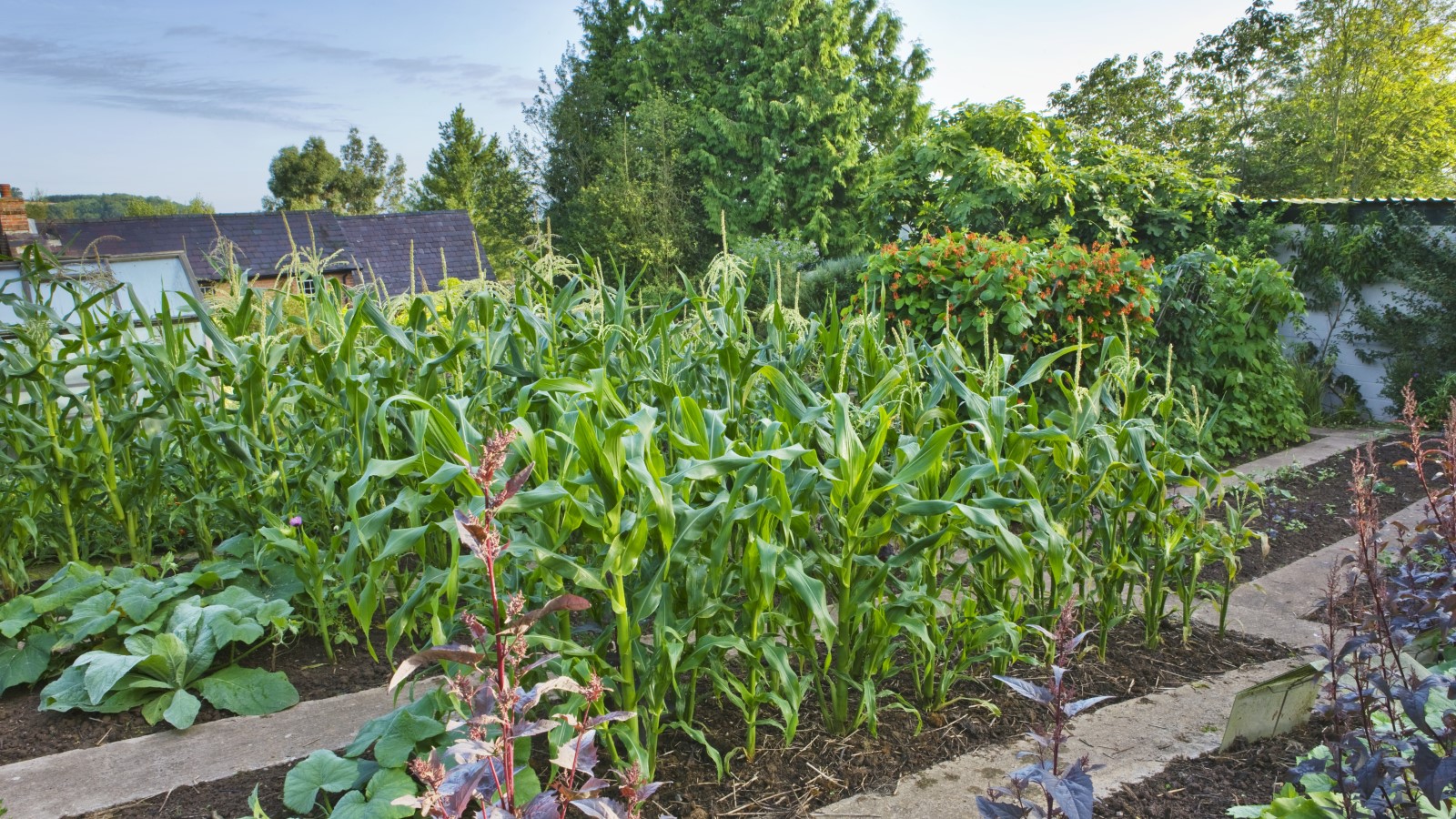 7 of the best vegetables to plant in April, with sowing tips from an experienced grower for bumper harvests
7 of the best vegetables to plant in April, with sowing tips from an experienced grower for bumper harvestsFrom broccoli to zucchini, April is a fantastic time to plant a wide range of vegetables
By Drew Swainston Published
-
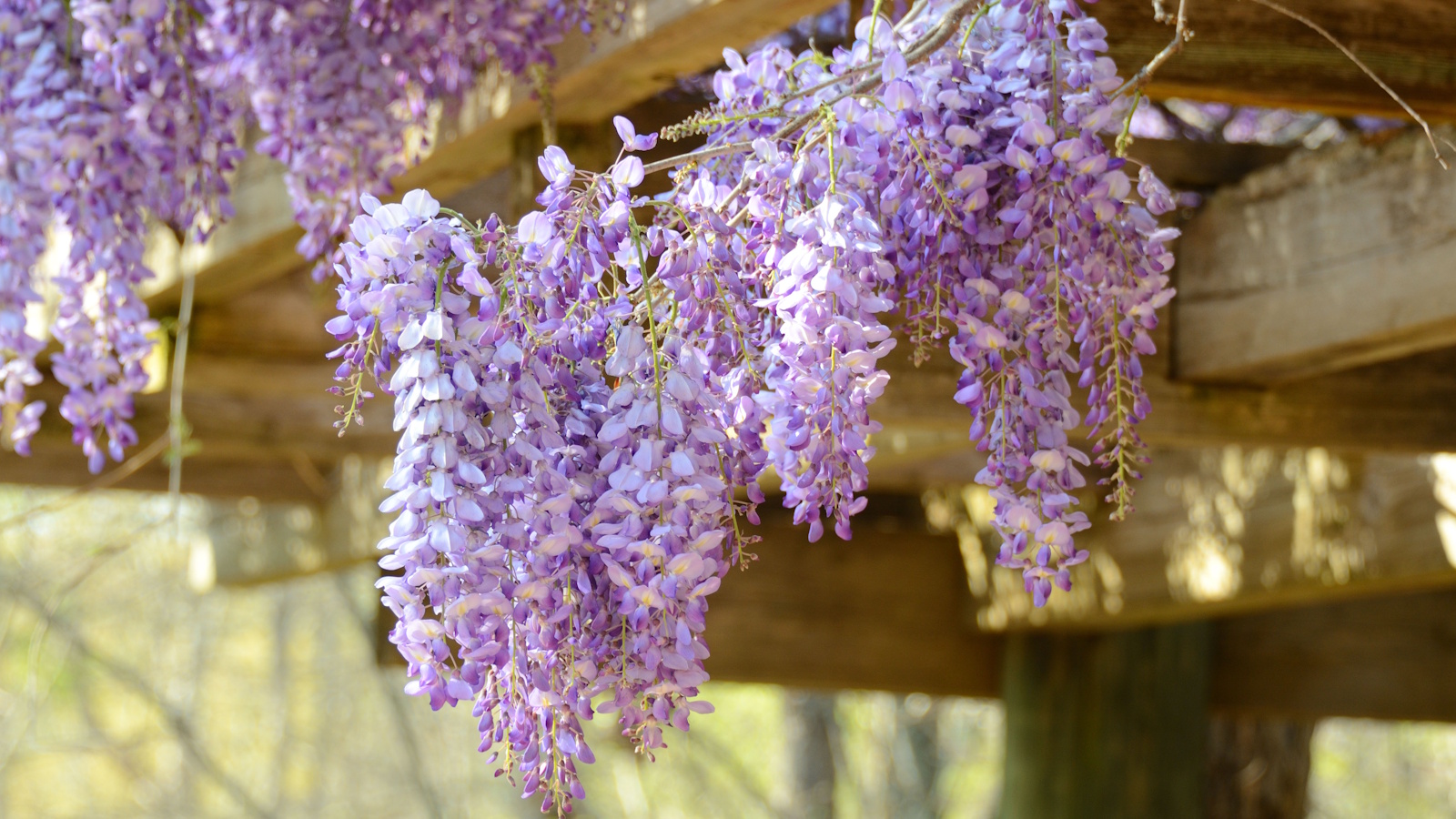 Best fragrant spring-flowering perennials – 5 charming choices to infuse delightful scent in your yard this season
Best fragrant spring-flowering perennials – 5 charming choices to infuse delightful scent in your yard this seasonSpring is full of so many beautiful aromas, uplifting our yards and making them an even more pleasant place to be
By Tenielle Jordison Published
-
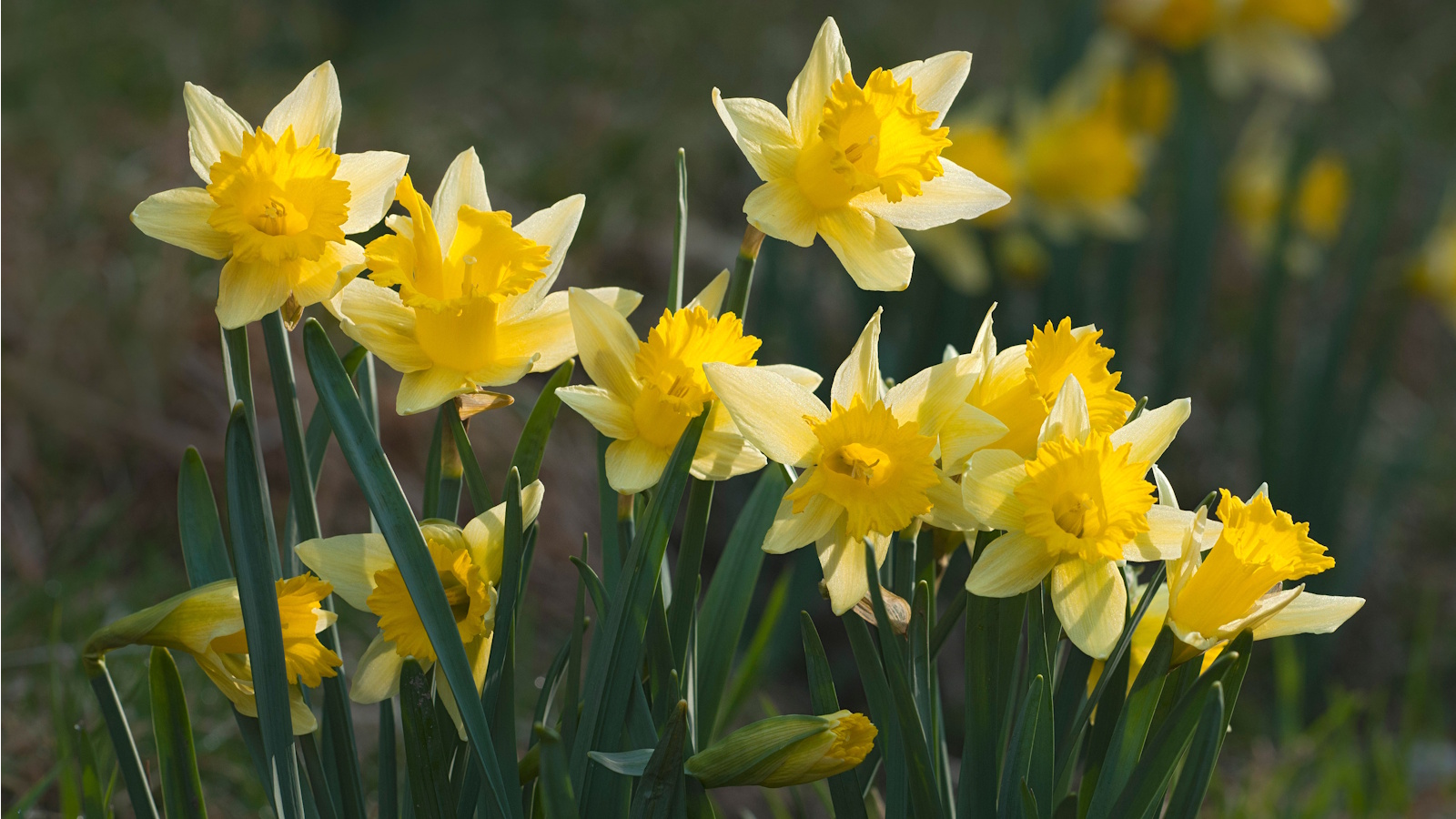 Is it too late to plant daffodil bulbs in March? Expert advice on making late planting a success
Is it too late to plant daffodil bulbs in March? Expert advice on making late planting a successThese stars of spring should be planted in fall, but that doesn't necessarily mean you've missed your opportunity once spring comes around
By Tenielle Jordison Published